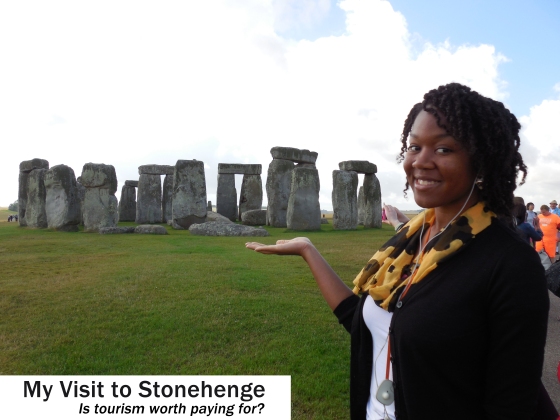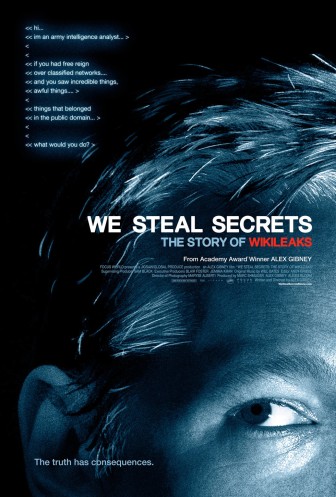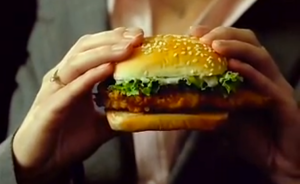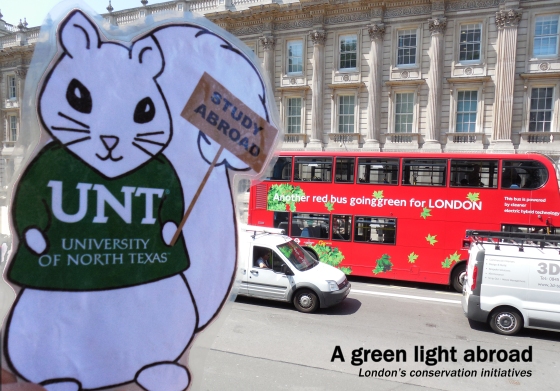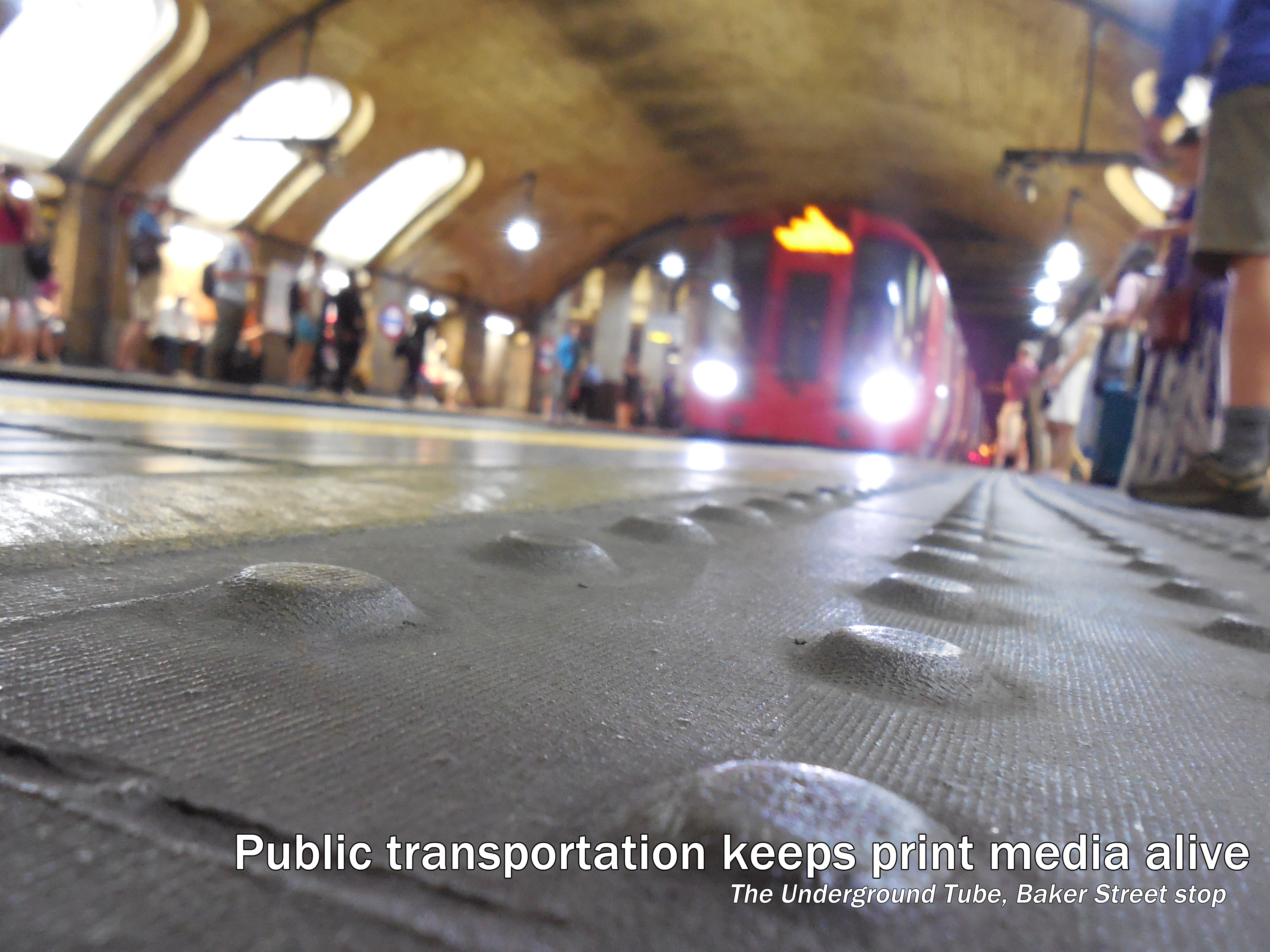 I tend to be very skeptical and hesitant when it comes to spending my money. Especially now that I am about to graduate and enter the real world of bills, school loans, and living on my own, how I choose to spend my money becomes vitally important. My friends often joke and tell me that I act like Terry Crews’ character as the budget-conscious father in the sitcom, Everybody Hates Chris, because I am always gauging whether or not I want to purchase something by comparing it to necessary items like, “Is this movie ticket worth two $5 footlongs?”
I tend to be very skeptical and hesitant when it comes to spending my money. Especially now that I am about to graduate and enter the real world of bills, school loans, and living on my own, how I choose to spend my money becomes vitally important. My friends often joke and tell me that I act like Terry Crews’ character as the budget-conscious father in the sitcom, Everybody Hates Chris, because I am always gauging whether or not I want to purchase something by comparing it to necessary items like, “Is this movie ticket worth two $5 footlongs?”
On Saturday, two of my classmates were trying to persuade me to go with them on a visit to Stonehenge and Bath, England, for the price of £32.50 (which is essentially $50). The fee would cover transportation to both locations and a tour of Stonehenge. I had heard of Stonehenge before in an Art Appreciation class my sophomore year of college, but I never imagined myself getting the opportunity to see it in reality. After submitting my card information online to pay for the tour, the cynical side of my brain thought, I can’t believe I just paid $50 to see some giant rocks.
Boy, was I wrong.
Amid the surrounding flat land and organic pig farms, sat this immense structure of stones. And although spectators were not allowed to get close enough to touch the stones or stand directly next to it, it was an amazing site to see even if we were several yards away. The history of Stonehenge is quite the mystery. Many historians and archeologists debate over who, what, when and why the structure was created. It’s estimated to be over 5,000 years old, and it would have taken about 700 people to move a single stone. There are many theories as to why Stonehenge was created. Some believed it was created to worship the sun, others considered it was used as a clock, and some even believe it was constructed by aliens. The audio device given to visitors to listen to while on the tour poetically described the structure as “Giant teeth in the gums of the Earth”.
My appreciation for the structure that I’d previously referred to merely as giant rocks, made me wonder what other things do I pass on exploring because I am afraid my experience wouldn’t merit a good return on investment. What other exciting and interesting things do I miss out on because of my tyrant spending philosophy? Yes, I am still an advocate for budgeting and discounts, and if it’s any consolation, I did book the tour through Groupon.com and saved 50% of the original cost (Yay for discounts!), I wonder what other sites and cool venues I could visit within the DFW metroplex. I’ve lived in Denton for the past four years, and I have never been to the Dallas Zoo, Aquarium, or any of the museums in the area. If anyone from London were planning to visit Dallas and asked me for recommendations on things to do, I’d be just as clueless as he or she would. I am absolutely glad that I agreed to go to Stonehenge and experience something different. I also definitely plan on making changes when I return to the states.
